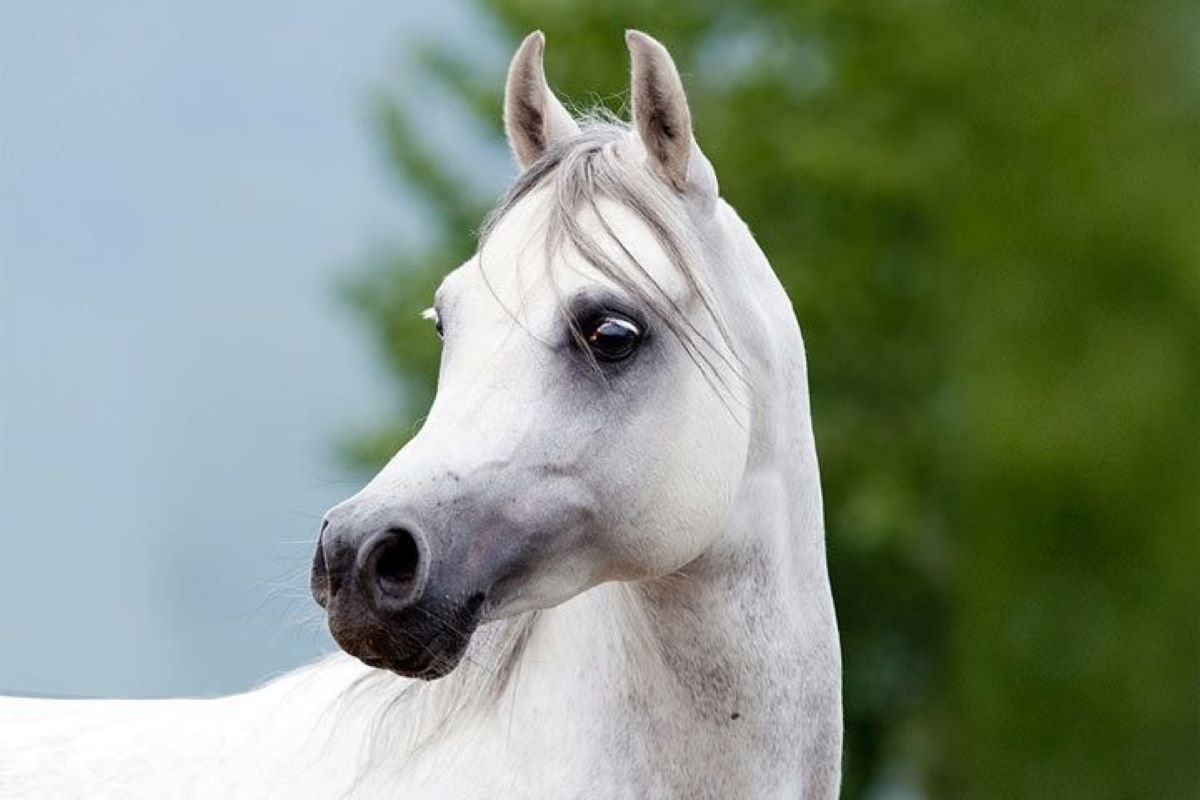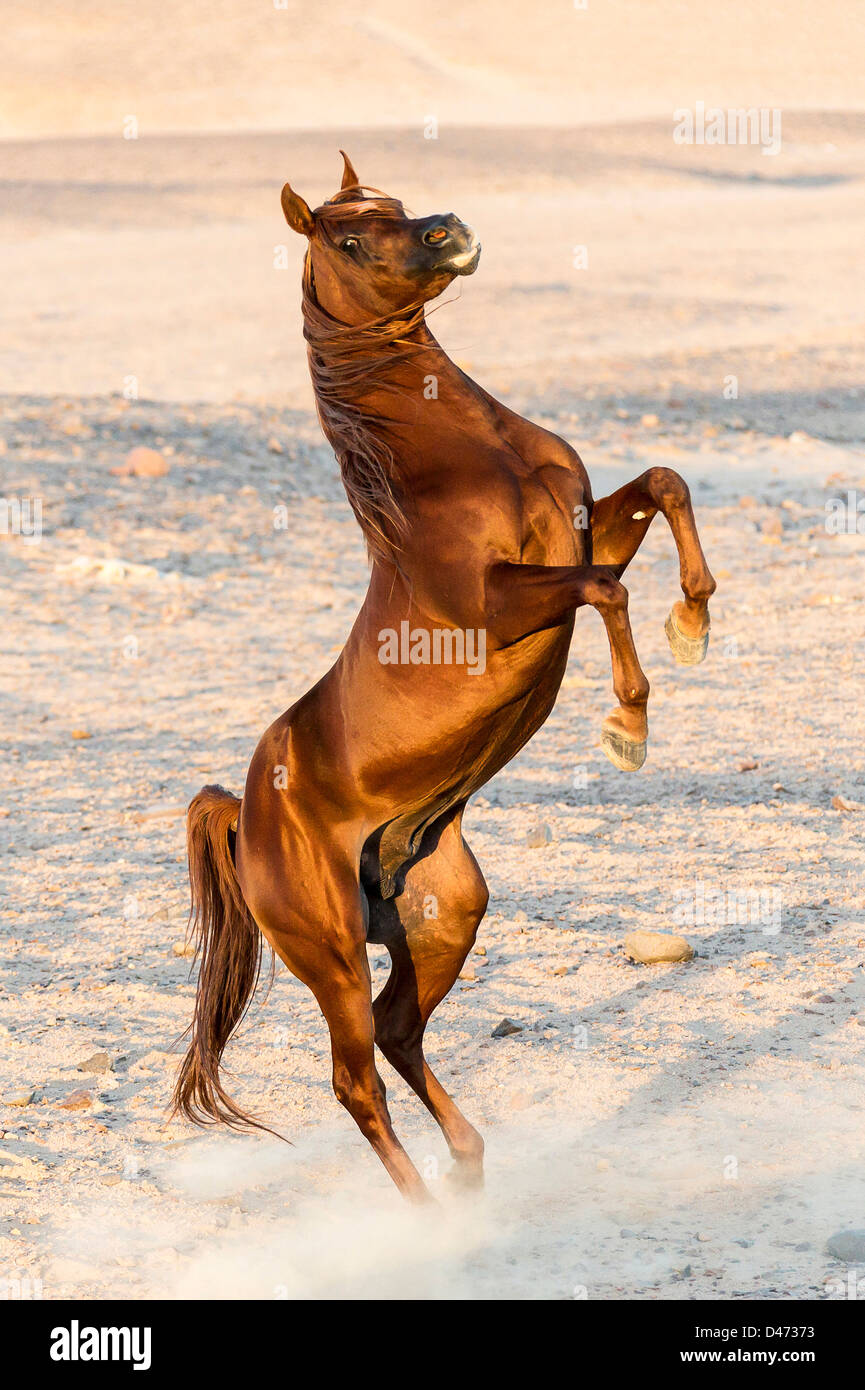Arabian Horses in Different Climates: Adaptation and Care

Arabian horses are renowned for their endurance, beauty, and versatility. Originating from the Arabian Peninsula, these horses have adapted to harsh desert environments, but they are now found worldwide, thriving in various climates. Understanding how Arabian horses adapt to different climates and how to care for them accordingly is essential for owners and enthusiasts.
Adaptation of Arabian Horses to Different Climates

| Climate Type | Adaptation Traits | Challenges Faced |
|---|
| Desert (Hot, Dry) | – Efficient water retention
- Heat tolerance
- Thin coat for heat dissipation | – Risk of dehydration
- Sunburn
- Limited forage availability |
| Temperate (Moderate) | – Seasonal coat changes - Balanced metabolism | – Fluctuating temperatures
- Variable forage quality |
| Cold (Harsh Winters) | – Thick winter coat - Increased fat reserves
- Slower metabolism in winter | – Risk of hypothermia
- Need for shelter and extra feed |
Key Adaptation Features
- Coat Variability: Arabian horses grow a thicker coat in colder climates to insulate against the cold and shed it in warmer months.
- Metabolic Flexibility: They adjust their metabolism to conserve energy during cold months and efficiently use nutrients in warmer climates.
- Behavioral Adaptations: Seeking shade or shelter, changing activity levels, and altering feeding patterns help them cope with environmental stresses.
Care Tips for Arabian Horses in Different Climates
General Care Principles
- Provide clean, fresh water at all times.
- Ensure a balanced diet tailored to the horse’s energy needs.
- Regular veterinary check-ups and vaccinations.
- Maintain proper hoof care and grooming.
Climate-Specific Care
Hot and Dry Climates
- Offer shade and limit exercise during peak heat.
- Provide electrolyte supplements to prevent dehydration.
- Use fly repellents and protective gear to prevent sunburn and insect bites.
Temperate Climates
- Adjust feeding according to seasonal forage availability.
- Monitor for respiratory issues due to humidity.
- Use blankets during cold snaps if necessary.
Cold Climates
- Provide shelter from wind, rain, and snow.
- Increase caloric intake to maintain body condition.
- Use appropriate blankets and ensure dry bedding.
Frequently Asked Questions (FAQ)
Q1: Can Arabian horses live comfortably outside their native desert environment?
A1: Yes, with proper care and management, Arabian horses can adapt to a wide range of climates, from cold winters to humid temperate zones.
Q2: How often should I groom my Arabian horse in different climates?
A2: Grooming frequency depends on the climate; daily grooming is ideal in hot climates to remove sweat and dirt, while in colder climates, grooming helps maintain coat health and detect skin issues.
Q3: What are common health issues for Arabian horses in extreme climates?
A3: In hot climates, dehydration and sunburn are common, while in cold climates, horses may face hypothermia and respiratory problems if not properly cared for.
Conclusion
Arabian horses are remarkably adaptable, but their care must be tailored to the climate they live in to ensure their health and performance. Understanding their unique adaptations and providing climate-specific care will help these majestic horses thrive anywhere in the world.
This article provides a detailed overview suitable for horse owners, breeders, and enthusiasts interested in the welfare of Arabian horses across diverse environments.
